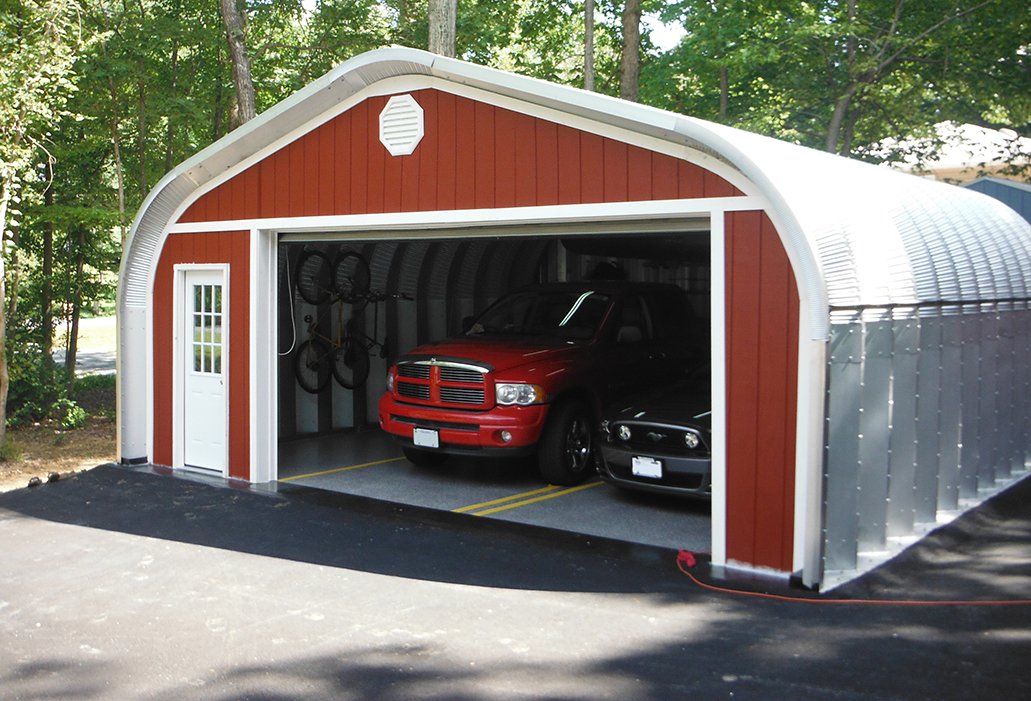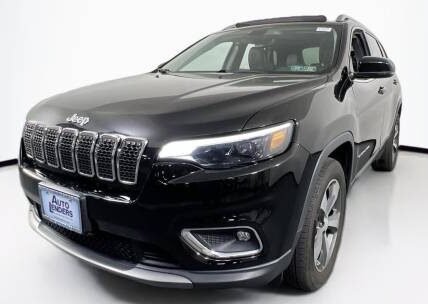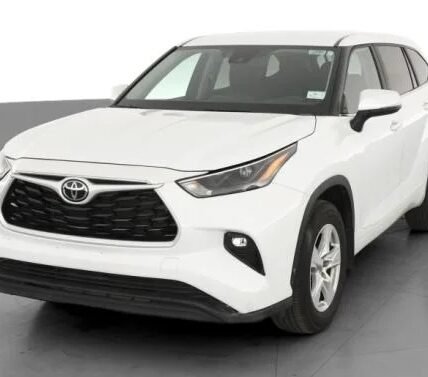Embarking on a motorcycle journey in Florida can be exciting, but safety concerns are real, especially with the increasing number of motorcycle accidents. This comprehensive guide will equip you with vital tips and strategies to prevent crashes, ensuring a safe and exhilarating riding experience.
Florida: A Motorcyclist’s Paradise
The allure of Florida for motorcyclists lies in its year-round sunny weather, picturesque landscapes, and diverse riding experiences. The state’s coastal routes, like the iconic Overseas Highway and A1A, offer stunning oceanic views, while inland paths provide a glimpse into the lush Everglades and the serene Ocala National Forest. Florida’s biker-friendly atmosphere is further enhanced by events such as Daytona Beach’s Bike Week and Biketoberfest, along with laws allowing riders over 21 to opt out of wearing helmets.
Acknowledging the Risks of Motorcycling
Motorcycling, though thrilling, comes with inherent risks. Understanding these—such as a motorcyclist’s increased vulnerability in accidents, the relative lack of protection compared to cars, and reduced visibility to other motorists—is critical to safe riding. By recognizing these risks, motorcyclists can adopt defensive driving habits, wear the proper protective gear, and remain vigilant, enhancing their safety on the road.
Identifying Common Causes of Motorcycle Accidents in Florida
In Florida, drivers’ negligence, low visibility of motorcyclists, and failure to yield the right of way often lead to accidents. Speeding, distracted driving, and driving under the influence also contribute significantly to crashes. Awareness and proactive safety measures are essential for motorcyclists and drivers to minimize these risks.
Navigating Florida’s High-Risk Roads for Motorcyclists
Certain roads in Florida present more significant dangers for motorcyclists due to factors like heavy traffic and high accident rates. These include the busy US-1 in Miami-Dade County, accident-prone I-4 in Central Florida, and US-19 in Pinellas County, known for motorcycle crashes. Motorcyclists should exercise increased caution and heightened awareness when traversing these areas.
Effective Strategies for Motorcycle Crash Avoidance
Enjoying Florida’s scenic rides requires adherence to safety protocols. Motorcyclists should prioritize wearing proper gear, obeying traffic laws, being constantly aware of their surroundings, avoiding adverse weather conditions, and staying visible to other drivers. Implementing these practices can significantly decrease the likelihood of accidents.
The Importance of Motorcycle Safety Gear
A critical aspect of rider safety is wearing appropriate gear, including a DOT-approved helmet, durable protective clothing, gloves, and eye protection. Reflective elements on gear can further enhance a rider’s visibility, playing a crucial role in preventing accidents.
Adherence to Traffic Laws and Safe Riding Practices
Following traffic laws is essential for rider safety. This includes obeying speed limits, using turn signals, respecting traffic signs, and keeping a safe following distance. Risky behaviors like lane splitting, prohibited in Florida, should be avoided to ensure safety.
Enhancing Situational Awareness
Staying alert and aware of one’s surroundings is fundamental to safe motorcycling. Regularly scanning the road, checking mirrors, and being extra cautious at intersections can prevent many accidents. Avoiding distractions like phone usage or loud music is vital for maintaining focus on the road.
Riding Safely in Adverse Weather Conditions
Navigating through bad weather requires extra precautions. Slowing down, using tires suited for wet conditions, wearing weather-appropriate gear, and employing cautious braking and throttle control are vital in maintaining safety during challenging weather conditions.
Maximizing Visibility to Other Road Users
Ensuring that you are visible to other drivers is a crucial safety measure. This can be achieved by wearing brightly colored or reflective clothing, using headlights during the day, and strategically positioning yourself in the lane to avoid blind spots.
Preparedness for Motorcycle Accidents
While nobody anticipates being in a motorcycle accident, preparing for such an eventuality is crucial. This includes knowing the immediate steps to take post-accident, such as seeking medical aid, gathering evidence for insurance purposes, and understanding the importance of legal consultation.
Immediate Medical Attention Post-Accident
If involved in an accident, prioritize assessing injuries and seeking medical attention. Documenting all medical treatments and keeping records of related expenses is essential for insurance and potential legal claims.
Documenting the Accident for Insurance and Legal Purposes
After a motorcycle accident, gather as much evidence as possible. This includes taking photos of the accident scene, collecting witness contact details, securing a copy of the police report, and retaining all medical and repair bills. This documentation is vital for insurance claims and any legal proceedings.
Seeking Legal Assistance Following an Accident
Engaging a specialized motorcycle accident attorney can be crucial in navigating the aftermath of an accident. Document the incident thoroughly, seek immediate medical assessment, preserve all evidence, report the accident to your insurance, and consult a reputable attorney like those available through 1-800 ASK-GARY, a Lawyer and Medical Accident Helpline, to guide you through the legal process and protect your interests. Prompt action and legal support can significantly enhance your chances of a favorable outcome.





